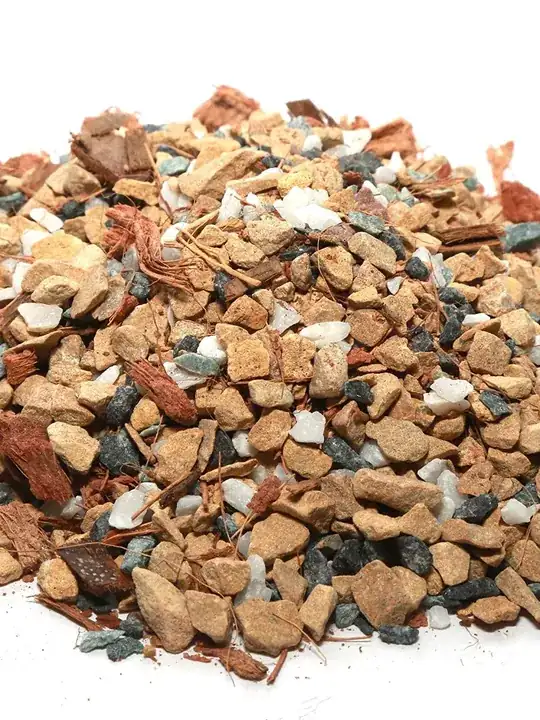Many succulents/desert type plants are expecting their water and nutrient in short sharp bursts; some get most of their water and food from being either drip/rained on, or absorbed through water accumulating in the cupped axils of the leaves. So the function of roots is mostly to keep the plant solidly in place, either in desert grit or clinging to the bark of a large tree.
A gritty mix implies that the pieces are large and have very angular sides and edges; as a result when two or more pieces are put next to each other the air spaces between them are large. Water manages to adhere to the chunks either because they absorb the moisture into their interior (vermiculite, etc.) or in the case of gritty gravel the water clings to the surface in a thin film due to surface tension. This ensures there is a lot of air able to circulate through the root volume - fresh air leads to less root rot and ensures the roots can breathe even if they have little water available.
When rain comes the plants grab what they can; they don't need much because they are designed to transpire very little and then only at specific times of day when they can be most productive. Water that hits the soil percolates rapidly down and as it does so brings fresh air behind it. The small air pockets are quickly restored. If a peaty wet soil was used instead, the channels would disappear, water would persist much longer, longer than the plant needs to take a quick drink and therefore becomes harmful rather than beneficial.
